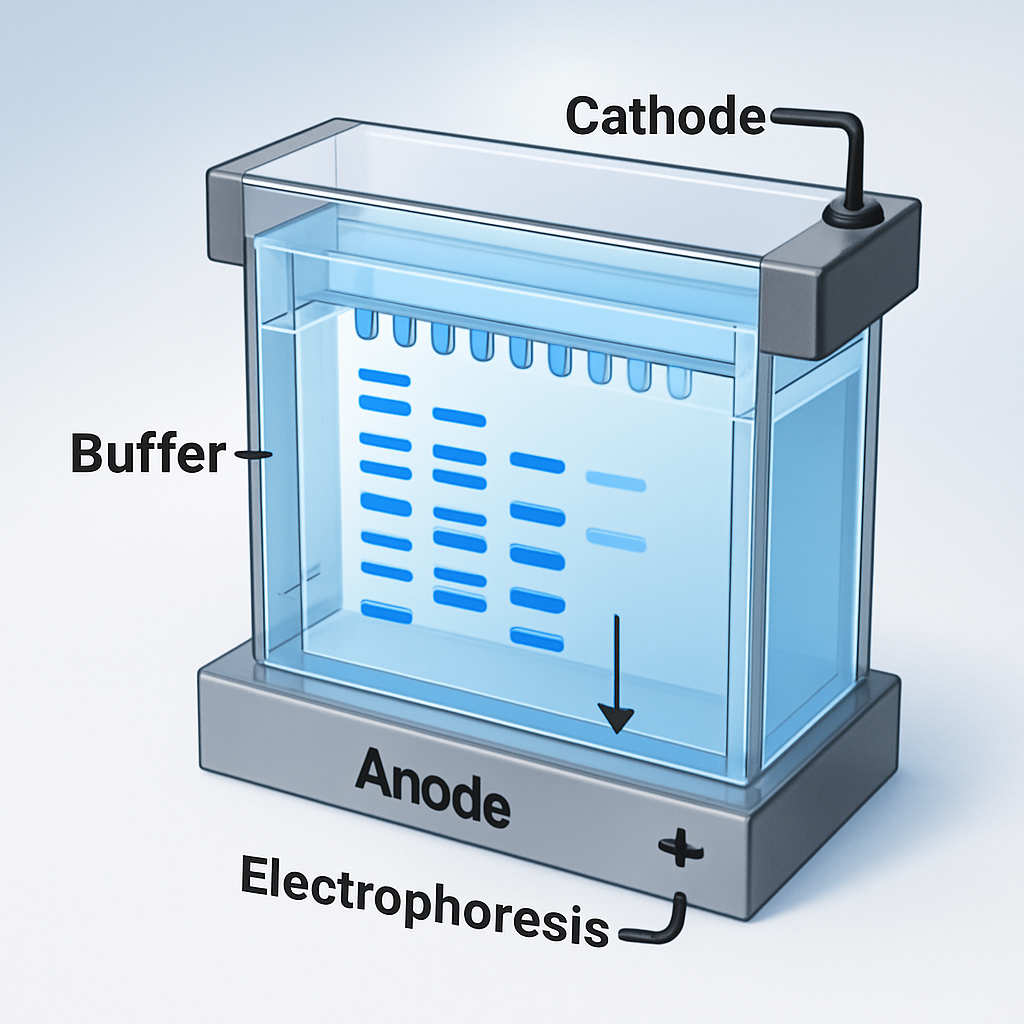profexcel05

Achieving Scientific Excellence: The Professional's Guide to the Western Blot
In the world of molecular biology and protein research, few techniques are as fundamental and powerful as the Western Blot. It is the gold standard for protein detection and quantification, a critical tool for validating gene expression, diagnosing diseases, and driving drug discovery. However, moving from simply performing a Western blot to mastering it requires a commitment to professional methodology and a relentless pursuit of excellence.
This guide outlines the core principles of the Western blot and the practices that distinguish adequate results from exceptional ones.

In the world of molecular biology and protein research, few techniques are as fundamental and powerful as the Western Blot. It is the gold standard for protein detection and quantification, a critical tool for validating gene expression, diagnosing diseases, and driving drug discovery. However, moving from simply performing a Western blot to mastering it requires a commitment to professional methodology and a relentless pursuit of excellence.
This guide outlines the core principles of the Western blot and the practices that distinguish adequate results from exceptional ones.
The Pillars of the Western Blot: A Professional Workflow
A Western blot is a multi-stage process where excellence at each step is cumulative. A single oversight can compromise the entire experiment.
1. Sample Preparation: The Foundation of Reproducibility
Professional Practice: Meticulous sample lysis using appropriate buffers with fresh protease and phosphatase inhibitors is non-negotiable. Accurate protein quantification (e.g., via BCA or Bradford assay) ensures equal loading across all lanes, which is critical for valid quantification.
Pursuit of Excellence: Documenting buffer recipes, aliquot dates, and quantification results ensures flawless reproducibility. Consistency here is the first step toward publication-quality data.
2. Gel Electrophoresis: The Art of Separation
Professional Practice: Meticulously cleaning glass plates, preparing a homogenous polyacrylamide gel, and using fresh, filtered electrophoresis buffer are essential. Precise loading of samples and molecular weight markers allows for accurate protein size determination.
Pursuit of Excellence: Optimizing gel percentage for your target protein's size ensures optimal resolution. A professional will always run a gel until the dye front has completely exited to achieve the best separation.
3. Protein Transfer: The Critical Bridge
Professional Practice: Choosing the correct transfer method (wet, semi-dry, or dry) and optimizing time and voltage for your protein's size is crucial. Ensuring no air bubbles are trapped in the transfer stack is a basic yet vital skill.
Pursuit of Excellence: Using Ponceau S staining after transfer provides a professional confirmation of successful and even transfer across all lanes before proceeding to antibody incubation, saving precious time and reagents.
4. Immunoblotting: The Key to Specificity
Professional Practice: Diluting primary and secondary antibodies in the correct blocking buffer is fundamental. Meticulous optimization of antibody concentration and incubation times (from datasheet starting points) is required for strong signal-to-noise ratios.
Pursuit of Excellence: The hallmark of an excellent researcher is the inclusion of rigorous controls: a positive control (known expressing cell lysate), a negative control (knockdown or knockout lysate), and a no-primary-antibody control. These are non-negotiable for validating results.
5. Detection: Revealing the Results
Professional Practice: Whether using chemiluminescent or fluorescent detection, following manufacturer protocols for reagent preparation and exposure times is key.
Pursuit of Excellence: For chemiluminescence, capturing multiple exposures ensures you have a linear, non-saturated image for accurate densitometry analysis. Proper image analysis using validated software is where quantitative data is born.
The Hallmarks of an Excellent Western Blot
A professional doesn't just ask "Did it work?" They evaluate the quality against a higher standard. An excellent Western blot exhibits:
Crisp, Tight Bands: No smearing or streaks, indicating good sample integrity and precise electrophoresis.
Specific Signal: Bands only at the expected molecular weight, with a clean background, demonstrating antibody specificity and optimal blocking.
Even Loading and Transfer: Validated by housekeeping protein controls and Ponceau S staining.
Quantifiable Results: The signal intensity is within the linear range of detection for accurate densitometry.
Conclusion: Excellence as a Mindset
Mastering the Western blot is more than technical proficiency; it is a mindset. It is the professional commitment to:
Preparation: Meticulous planning and reagent preparation.
Precision: Attention to detail at every single step.
Patience: Allowing protocols the time they require, never cutting corners.
Proof: Demanding rigorous controls to validate every result.
In the pursuit of scientific discovery, robust and reproducible data is the ultimate measure of success. By embracing a culture of excellence in core techniques like the Western blot, research professionals ensure their findings are reliable, trustworthy, and capable of advancing our understanding of biology and medicine.
